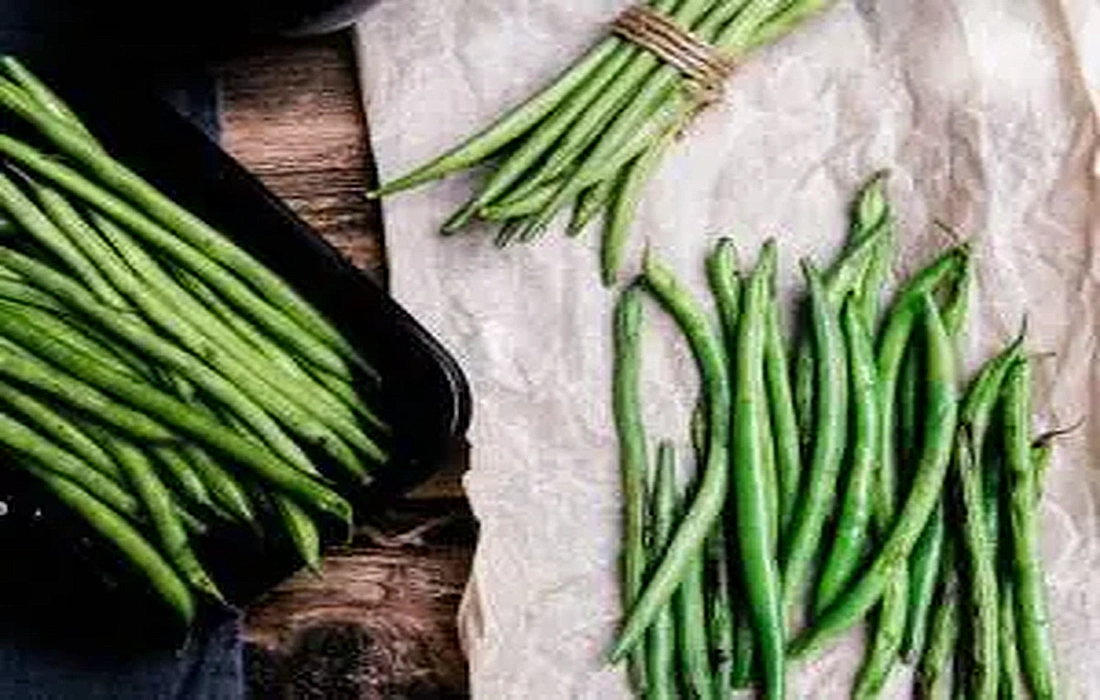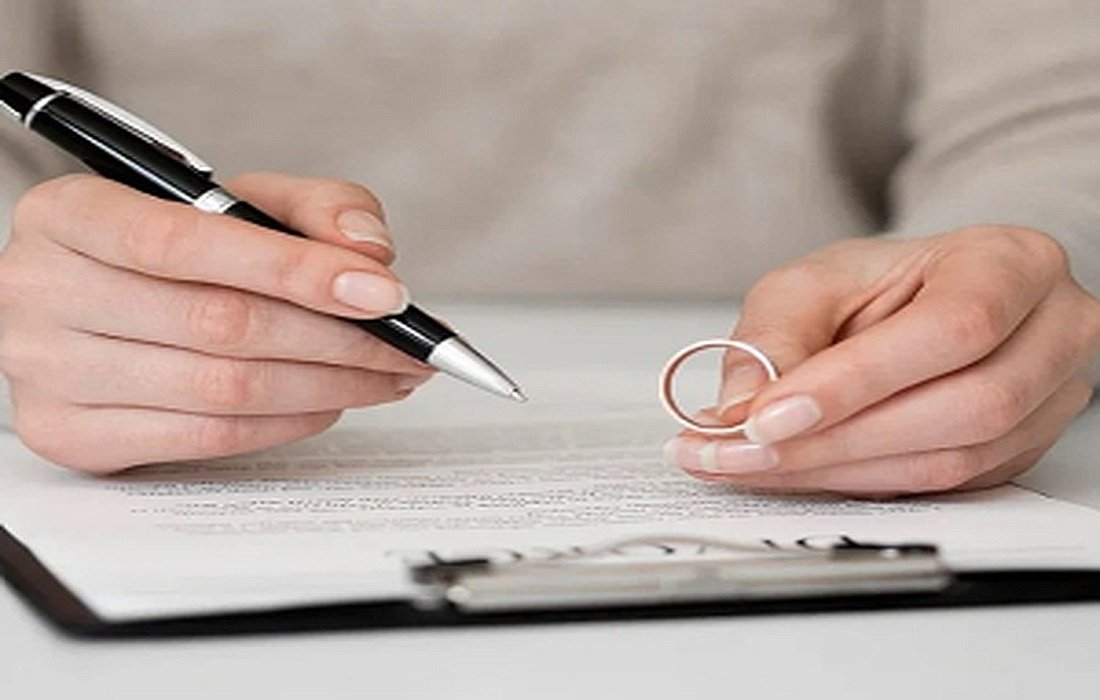How to plant and cultivate the plantBeansGreen
There are many types of green beans that are easy to distinguish. You can grow green beans in large quantities in a limited space.Green beansUsually called string beans, they are used more frequently in cooking and daily consumption compared to other bean types.

In general, beans are planted in gardens, and the most important point aboutPlanting green beansThis plant is considered a warm-season crop. Green beans are very sensitive to cold and frost, so it’s best to plant them in warm soil after the cold season has passed.
Plant the seeds about 2 to 3 centimeters deep in the soil and regularly water them until they sprout.
This plant can be grown in small or large amounts, spaced about 10 centimeters apart.
Growing this plant requires a lot of care.
Environmental conditions needed for planting and growing green beans
Proper sunlight
This plant is exposed toSunlightIt will grow best when exposed to sunlight, though some shade is also good. Planting in warm, dry soil helps keep the plant healthy and prevents it from wilting.

Suitable soil
Green bean plants need nutrient-rich, organic soil. You can enrich the soil with suitable fertilizers to promote better growth and retain necessary moisture. The best soil for beans is rich, slightly acidic with a pH around 6 to 6.2.
Proper watering
Green beans need frequent watering. Drip irrigation is recommended, as insufficient watering will stop their growth.
Optimal temperature and humidity
The ideal temperature for green bean growth ranges from 15 to 30 degrees Celsius. Too high or too low temperatures can damage the pods, and the plant will not sprout in extreme heat or cold.
Different types of beans
This plant has two main types based on its vine structure, as mentioned inSelMagzthe following:
The first is the climbing type:
Known as pole beans or runner beans, these can grow up to 2 to 5 meters in height.

The second is non-climbing or bush beans:
Called bush beans, their plants are short and rarely exceed 40 to 50 centimeters. Climbing types have longer growth periods and produce more yield. Currently, hundreds of green bean varieties are cultivated worldwide, classified by flower color, flower size, pod shape, seed shape, and color.
How to plant green beans
Planting green beans in the garden
Plant the seeds directly in the soil at a depth of 2 to 5 centimeters. There’s no need to use seedlings.

Then water regularly until they sprout.
Note:
- If you want to speed up planting, cover the seeds with plastic, as cold can cause the roots to rot.
- If planting bush beans, leave appropriate space between the seeds to prevent the plants from crowding each other.
- For climbing beans, install a stake or trellis before planting, and when the plants are small, wind them around the support.
- Inconsistent watering will cause the plants to stop flowering.
- Green beans have small root systems; mulching helps keep roots cool and moist.

Steps for planting green beans in pots:
Select a suitable pot, fill it with quality soil and fertilizer. Add some sand to improve drainage.
It’s best to plant beans early in spring when environmental conditions are stable.
Make holes 3 to 4 centimeters deep and 2 centimeters apart in the soil, plant the seeds, and cover them with soil.
Water immediately after planting and place the pot in a sunny spot to sprout.
Green beans typically sprout after about three weeks.
If the pot is small, transfer the plants to a larger container.
After the green bean plants grow, remove unhealthy plants from the pot.
After some time, place a support stake beside the plants, as they will need support once they start growing.
About 50 to 60 days after planting the seeds in pots, you can harvest your beans.

Note:
Harvest fresh green bean pods when they reach their full length, about 10 to 14 days after flowering.
You can harvest in the early morning or late afternoon without damaging the pods. It’s also good to harvest in stages, every 3 to 5 days.
How to harvest green beans
Once the plant has fruit and the pods develop, harvest whenever suitable. Usually, gardeners harvest when the beans are firm and thick. Generally, beans are ready after 50 to 60 days from planting. Do not delay harvesting, as overripe pods may break and spoil.
Green bean pests
Many insects love green beans, including:
Beetles:
These insects attack the flowers and leaves of the pods, eating them.
Slugs:
They eat the lower parts of the pods, and other pests like aphids can also feed on these parts.

Four-legged animals:
Animals like deer also enjoy and feed on these plants.
If the soil is not managed properly, viral and bacterial problems can occur; keeping the soil dry and ensuring good air circulation helps promote healthier growth.







